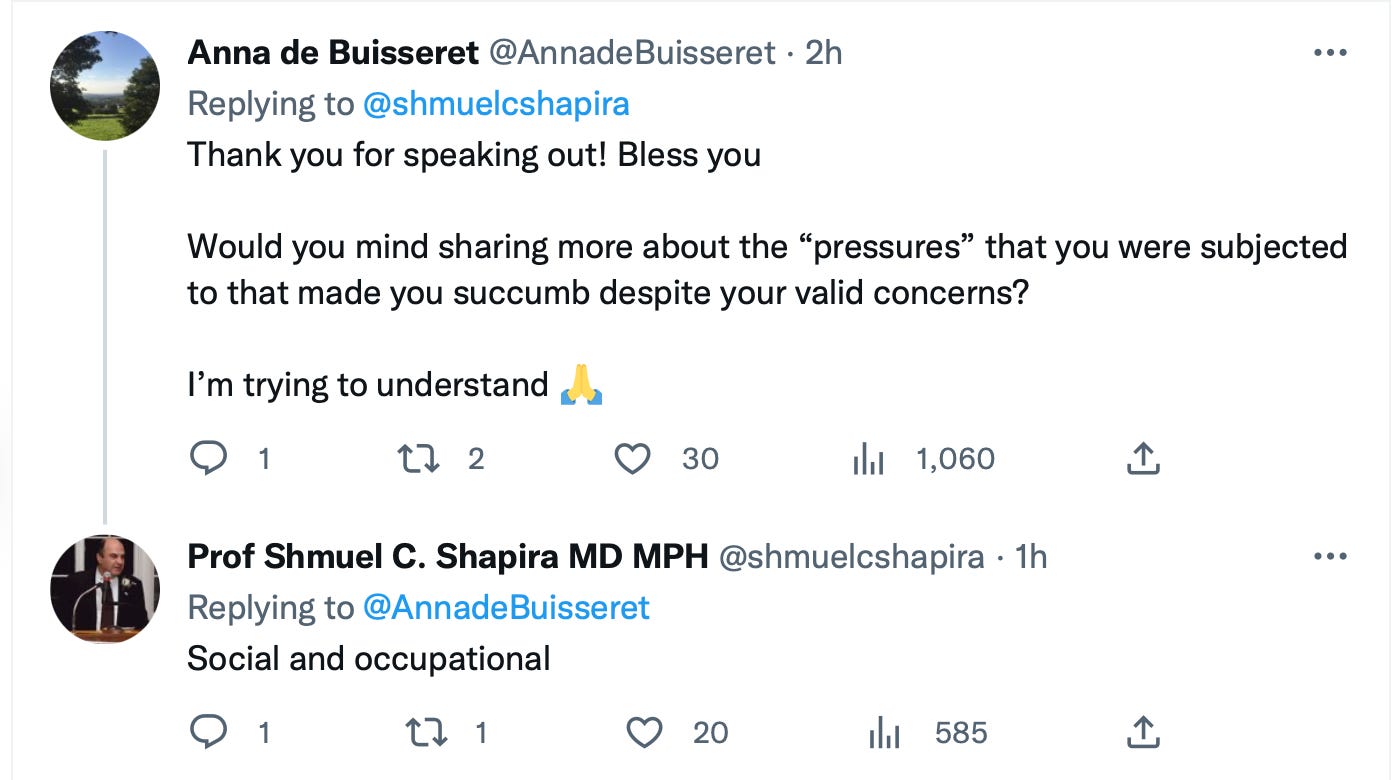The notion that polio is caused by a virus at all has been disputed by a book written by doctors called Virus Mania. Quoting from it:
**
Polio: Pesticides Such as DDT and Heavy Metals under Suspicion
Practically all of the illnesses that affected people in industrialized countries in the decades before World War II (tuberculosis etc.) ceased to cause problems after 1945. For a few years, the major exception was polio (infantile paralysis), which continues to be called an infectious disease. In the 1950s, the number of polio cases in developed countries fell drastically—and epidemic authorities attributed this success to their vaccination campaigns. But a look at the statistics reveals that the number of polio victims had already fallen drastically when vaccination activities started (see diagram 2).
Many pieces of evidence justify the suspicion that the cause of infantile paralysis (polio) is not a virus. Many experts, like American physician Benjamin Sandler, believe a decisive factor is a high consumption of refined foods such as granulated sugar.312 Others cite mass vaccinations. Indeed, since the beginning of the 20th century, it has been known that the paralysis so typical of polio have often appeared at the site where an injection has been given.313 Additionally, the number of polio cases increased drastically after mass vaccinations against diphtheria and whooping cough in the 1940s, as documented in the Lancet and other publications.314 315 316
Polio, like most diseases, may be conditional on various factors. It makes particular sense, however, to take poisoning by industrial and agricultural pollution into consideration, to explain why this nervous disease first appeared in the 19th century, in the course of industrialization. It spread like wildfire in the industrialized West in the first half of the 20th century, while in developing countries, in contrast, there was no outbreak.
In the 19th century, the disease was named poliomyelitis, referring to degeneration of spinal column nerves (myelitis is a disease of the spinal cord) typical of polio.317 Orthodox medical literature can offer no evidence that the poliovirus was anything other than benign until the first polio epidemic, which occurred in Sweden in 1887. This was 13 years after the invention of DDT in Germany (in 1874) and 14 years after the invention of the first mechanical crop sprayer, which was used to spray formulations of water, kerosene, soap and arsenic.
“The epidemic also occurred immediately following an unprecedented flurry of pesticide innovations,” says Jim West of New York, who has extensively investigated the subject of polio and pesticides. “This is not to say that DDT was the actual cause of the first polio epidemic, as arsenic was then in widespread use and DDT is said to have been merely an academic exercise. However, DDT or any of several neurotoxic organochlorines already discovered could have caused the first polio epidemic if they had been used experimentally as a pesticide. DDT’s absence from early literature is little assurance that it was not used.”318
Nearly ten years before, in 1878, Alfred Vulpian, a neurologist, had provided experimental evidence for the poisoning thesis when he discovered that dogs poisoned by lead suffered from the same symptoms as human polio victims. In 1883, the Russian Miezeyeski Popow showed that the same paralysis could be produced with arsenic. These studies should have aroused the scientific community, considering that the arsenic-based pesticide Paris green had been widely used in agriculture to fight “pests” like caterpillars since 1870.319
“But instead of prohibiting the insecticide Paris green, it was replaced by the even more toxic pesticide: lead arsenate, which likewise contained heavy metals, in the state of Massachusetts in 1892,“ according to a 2004 article in the British magazine The Ecologist.320 Indeed, a polio epidemic broke out in Massachusetts two years later. Dr. Charles Caverly, who was responsible for the tests, maintained that a toxin was more likely the culprit than a virus, stating emphatically that, “we are very certainly not dealing with a contagious disease.”
Within a short time, however, lead arsenate became the most important pesticide in the industrialized world’s fruit cultivation. It was not the only toxic substance used in agricultural industries.321 In 1907, for example, calcium arsenate was introduced in Massachusetts322 and was used in cotton fields and factories. Months later, 69 children who lived downstream from three cotton factories suddenly became sick and suffered from paralysis. Meanwhile, lead arsenate was also being sprayed on the fruit trees in their gardens.323 But microbe hunters ignored these legitimate “cluster” factors, and instead continued searching for a “responsible” virus.324
A cornerstone for the polio-as-virus theory was laid down in 1908 by scientists Karl Landsteiner and Erwin Popper, both working in Austria.325 326 The World Health Organization calls their experiments one of the “milestones in the obliteration of polio.”327 That year, another polio epidemic occurred and once again there was clear evidence that toxic pesticides were at play. But, astoundingly, instead of following up this evidence, medical authorities viewed the pesticides as weapons in the battle against the arch enemy microbes. They even neglected to give the children suffering from lameness treatments to alleviate the pesticide poisoning and, thus establish whether their health could be improved this way.328 (In 1951, Irwin Eskwith did exactly that and succeeded in curing a child suffering cranial nerve damage—bulbar paralysis, a particularly severe form of polio329—with dimercaprol, a detoxification substance that binds heavy metals like arsenic and lead).330 331 332
**
Source:
Engelbrecht, Torsten; Köhnlein, Claus; Bailey, Samantha; Scoglio, Stefano. Virus Mania (pp. 72-75). Books on Demand. Kindle Edition.






